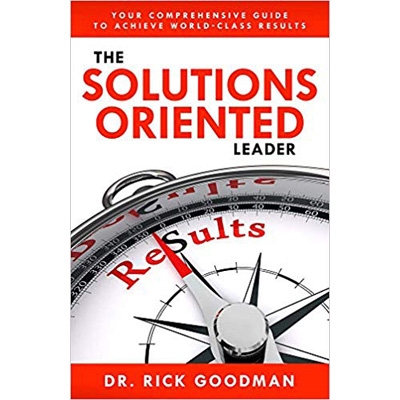Strategic planning is a core activity for any business leadership team. I’ve written about this process before and defined it in terms of establishing long- and short-term goals. Strategic planning is a critical way of setting a vision, building a consensus, allocating resources, and establishing benchmarks and expectations.
It’s important to be realistic about the fact that even a really thoughtful, deliberate strategic plan can come up short. Leaders need to be nimble enough to pivot away from failed plans and develop new ways forward.
But today, I want to focus on a simple question: Why does strategic planning fail? What are some of the roadblocks you might encounter as you attempt to execute that strategic plan?
Here are a few possibilities.
Reasons Why Strategic Planning Falls Short
You develop a plan just for the sake of having a plan.
I see this more often than you might think. Business leaders and managers know that they’re supposed to have a plan, so they go through the motions of putting one together… but they don’t necessarily think ahead to the practical realities, or to what will happen when the rubber meets the road.
If you’re not serious about executing your plan, then there’s really no point in developing one.
You focus on results but ignore your environment.
Here’s what I mean: Maybe your strategic planning is all about hitting certain sales or production goals. That’s great, and in fact, goal setting is an important aspect of strategic planning.
But if you’re so focused on the end result that you don’t look at the environment you’re in, and all the contextual factors that could impact that end result, then you may find that your strategic plan is inadequate.
Strategic planning doesn’t happen in a vacuum. It should always take into account the market, the economy, consumer trends, etc.
You didn’t involve the right people.
If you hole up in your office and write a strategic plan by yourself, in total isolation… well, you’re already in trouble!
That’s because you’re never going to be able to implement the plan by yourself. You’ll need buy-in. You’ll need support. And the folks you need to help execute the plan, they really need to be involved in the conception of the plan. Give them a sense of ownership in it and ensure that you address any of their misgivings or concerns well in advance.
You “set it and forget it.”
Here’s what I mean: When you invest in the strategic planning process, the whole point is that it can provide you with an effective management tool. Your strategic plan is something you should reevaluate on a regular basis. It’s also something against which you should measure your team’s current focus and productivity.
In other words: Your strategic plan isn’t much good if it just sits on the shelf. Make sure you get it out and use it to guide and re-align your team on a regular basis.

Your team is reluctant to change.
A good strategic plan should challenge you. It should push you to step out of your comfort zone. It should incentivize your team members to stretch themselves and to change some of their rhythms and routines.
If a strategic plan doesn’t coax any kind of change, then what good is it? And if your team isn’t willing to even consider changes, then why invest in the strategic planning process to begin with?
You’ve got the wrong people in leadership roles.
This is a hard thing to accept, but it’s something we really need to talk about. If you developed what you believe to be a great strategic plan, but just can’t seem to implement it in an effective way… well, that might be a failure of leadership.
To be blunt, executing a strategic plan might mean making some tough calls and some hard decisions. If you’re not up for that, or if you have other leaders and managers who aren’t up for it, that will make it all but impossible to be truly effective in your strategic plan rollout.
If you really feel stuck, your best bet might be to make some real leadership personnel changes.
You don’t have any accountability in place.
How will you measure the success of your strategic plan?
How will you monitor progress?
And who is ultimately responsible for ensuring that the strategic plan is executed appropriately?
It’s critical that you have clear answers to these questions. Without accountability and follow-through, your strategic plan is practically useless.
You aimed too high.

One final point to mention: If you don’t quite achieve your strategic planning goals, it could be because those goals were too lofty.
Now, I want to be careful here. I encourage you to dream big, and to set goals that really challenge you. But while your goals should be aspirational, they also need to be realistic. If you’re falling short of the mark, it may simply be that you bit off a bit more than you could chew. Your best bet might be to simply reevaluate the strategic plan.
Business & Finance Articles on Business 2 Community
(63)







